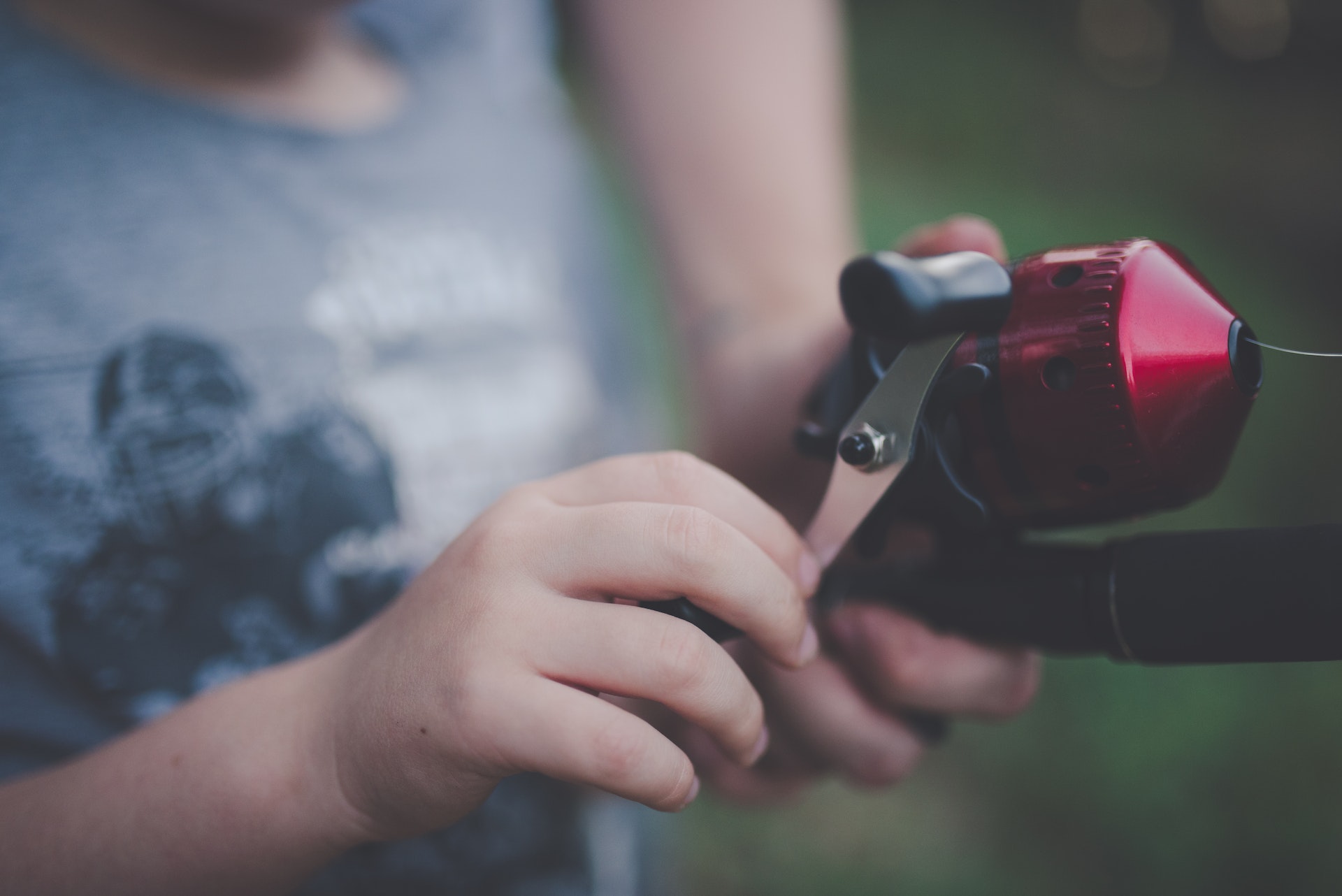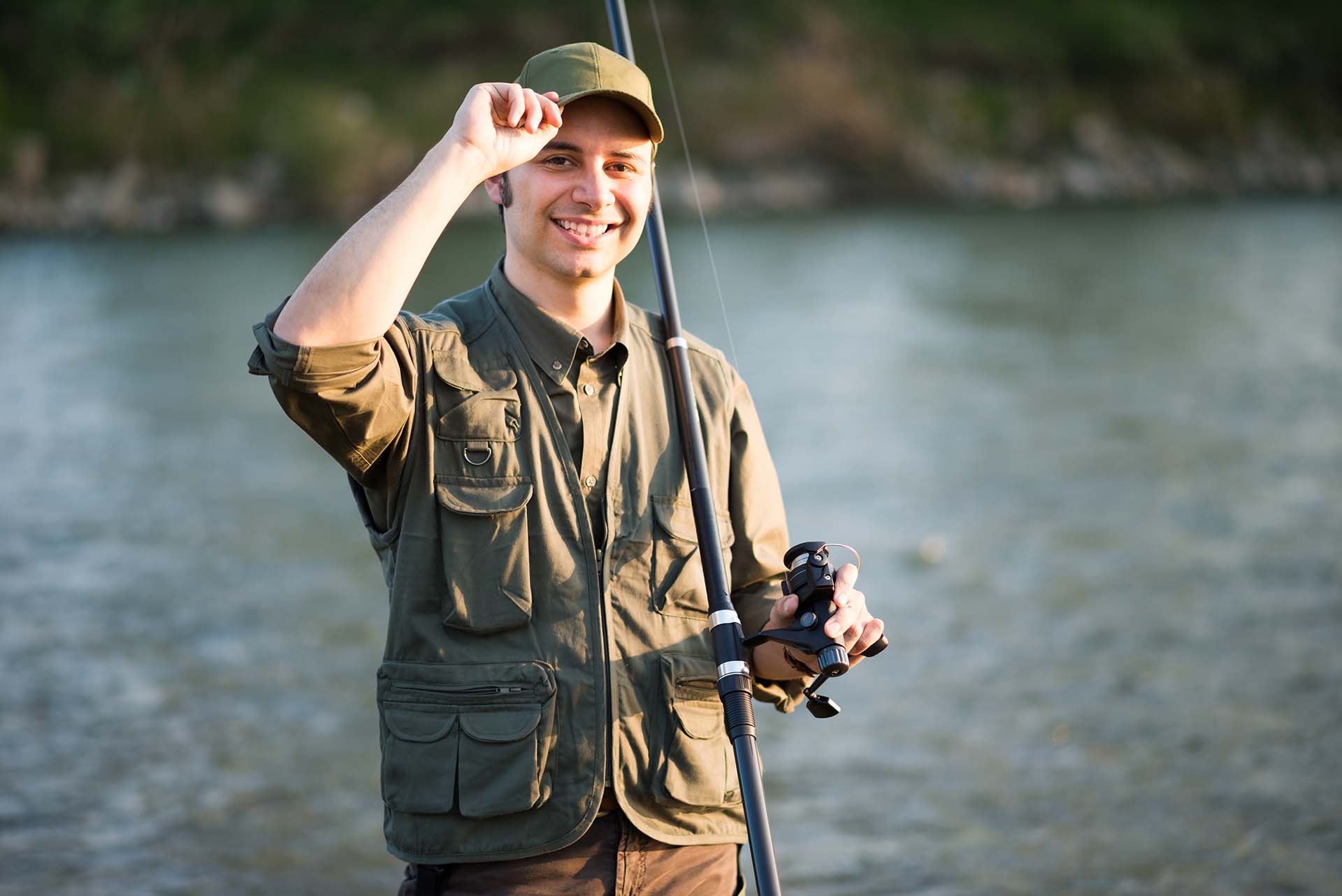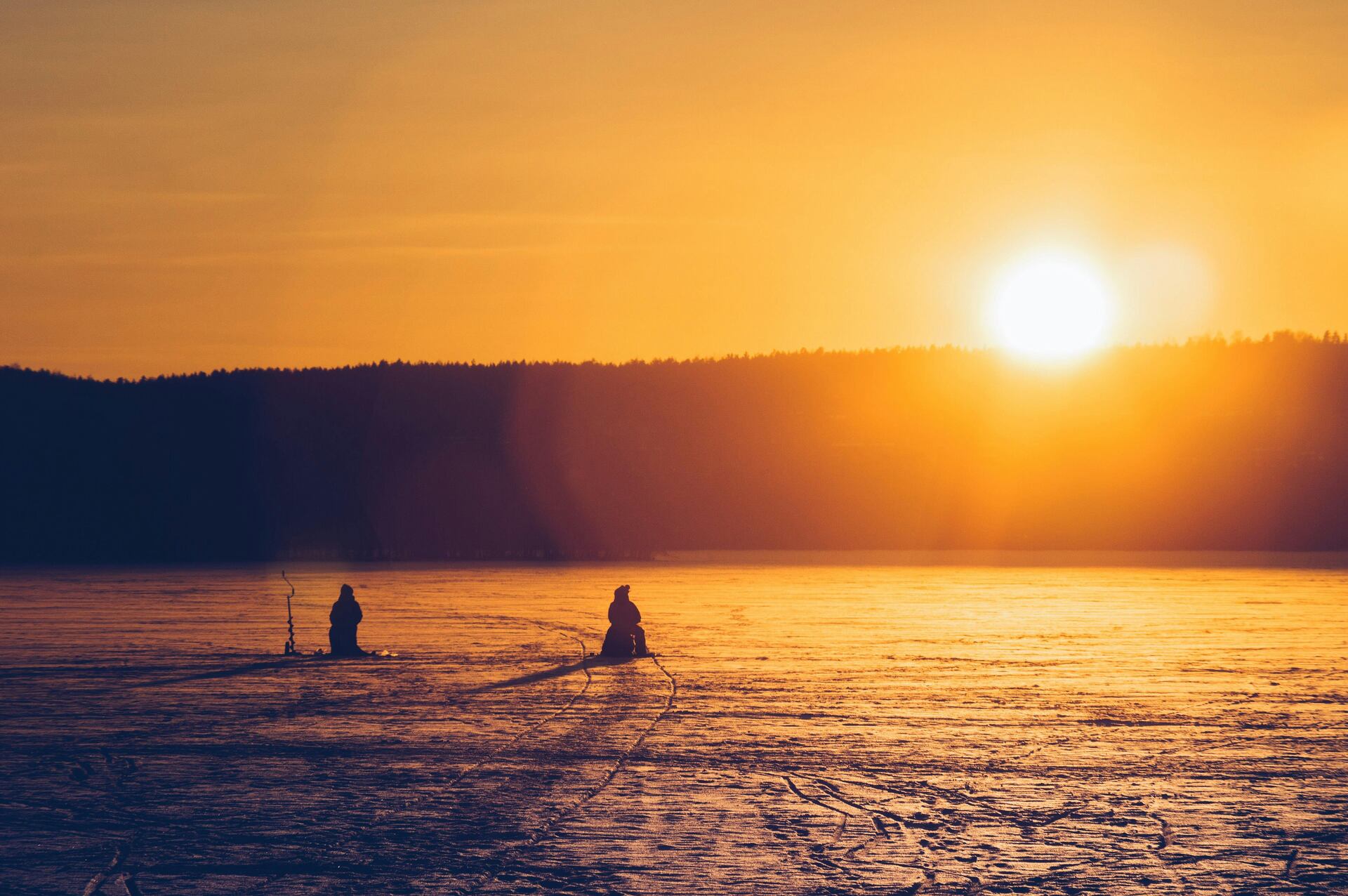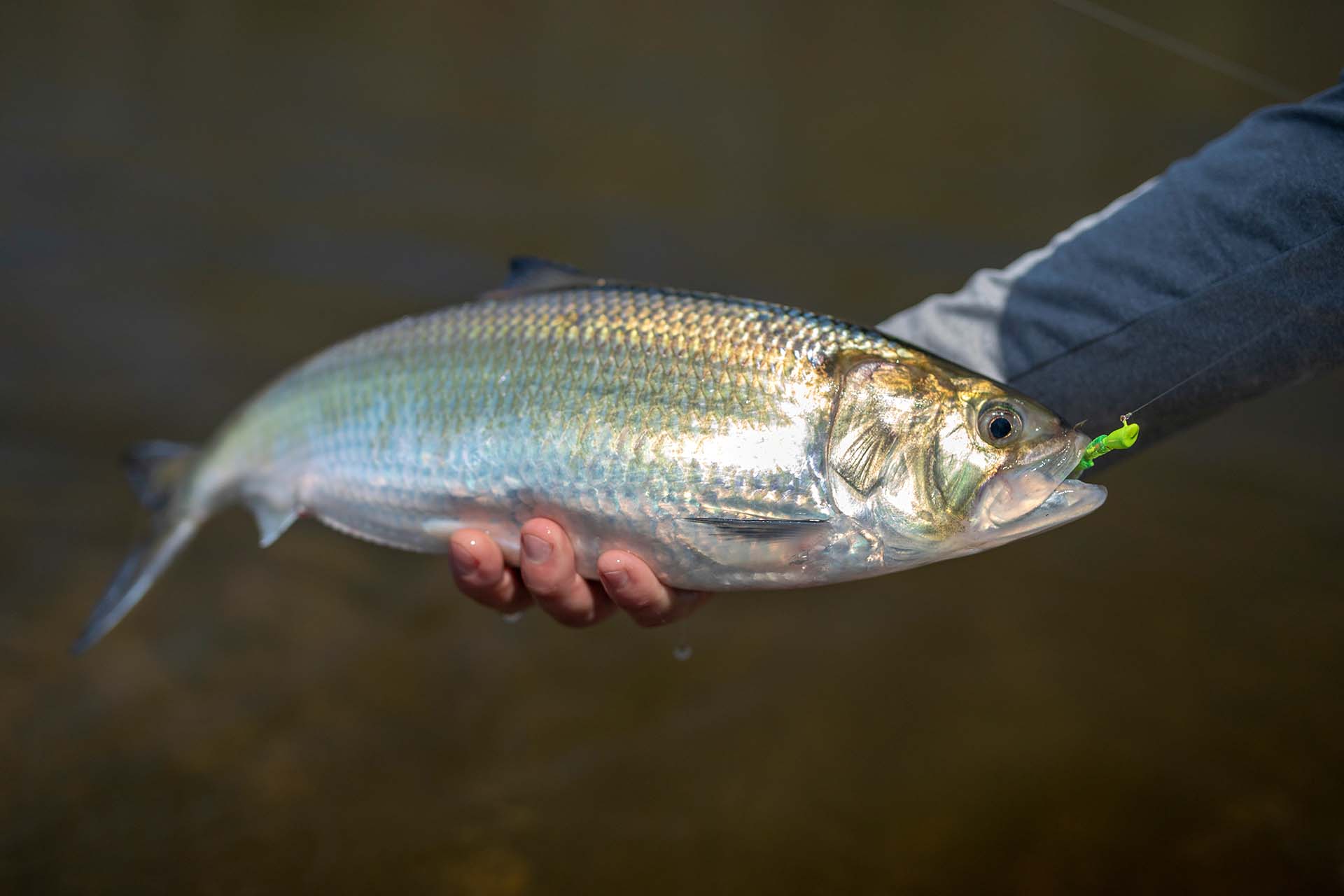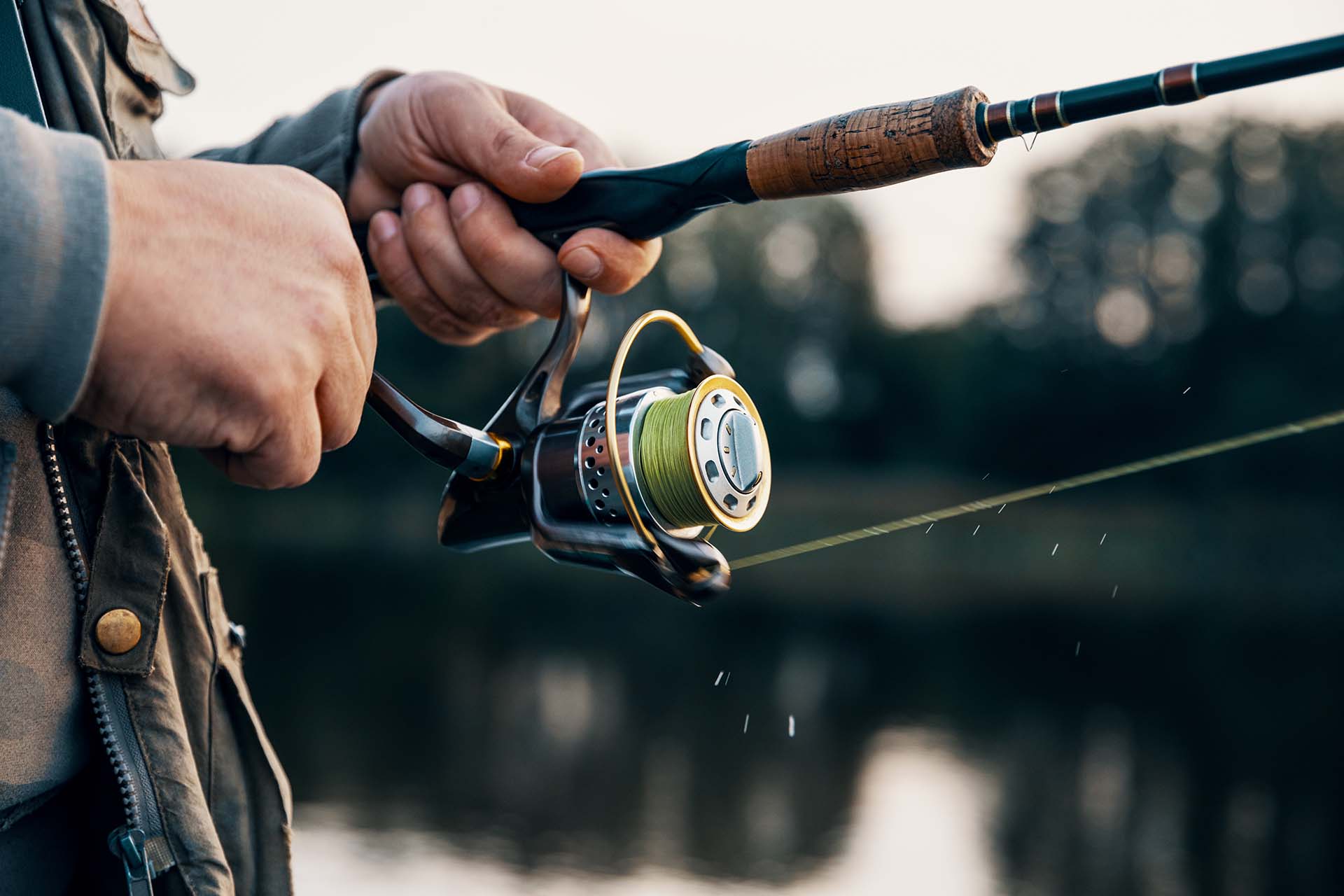Looking to figure out how to make a fish pond in your backyard? If you’re nodding yes while picturing the serene water haven, you’re about to dive into the right waters. Building one is easier than you might think, and it’s about to get a whole lot clearer. So, grab your notepad, and let’s make a splash in the world of backyard aquascapes!
Planning your aquatic haven starts with selecting the right location and choosing between in-ground or above-ground options. You should install a sturdy liner, followed by a reliable pump and filtration system. Then, populate your aquatic structure with hardy species like goldfish and koi, and enhance the habitat with aquatic plants.
What Is a Fish Pond?
Picture this – a mini oasis just a stone’s throw from your back door. That’s a fish pond. Your own body of water where you can play aquatic overlord to many fish species. It’s like having a piece of that lake you love to visit. Minus the long drive and the mosquitos with a personal vendetta against you.
According to Forbes Advisor, around 11 million households own freshwater species as pets. A good chunk of these finned friends spend their lives in an aquarium. Growing your fish in a pond is also a popular option. But why have one? Here’s the bait:
- It’s nature’s stress reliever, where you can have a piece of tranquility in your backyard,
- It will act like a wildlife magnet for birds, frogs, and beneficial insects in the neighborhood,
- This addition will increase your yard’s aesthetic appeal by about a thousand,
- Maintaining this structure can be a surprisingly therapeutic hobby,
- You can teach kids or grandkids about ecosystems, sustainable practices, and the circle of life.
Can You Have a Fish Pond in Your Backyard?
Yes, you absolutely can! Building one doesn’t just up your home’s cool factor – it transforms your space into a living, breathing landscape. Think of it as the perfect blend of nature and design – your water garden. So, let’s get our feet wet and our hands a little muddy because this is backyard DIY at its most rewarding!
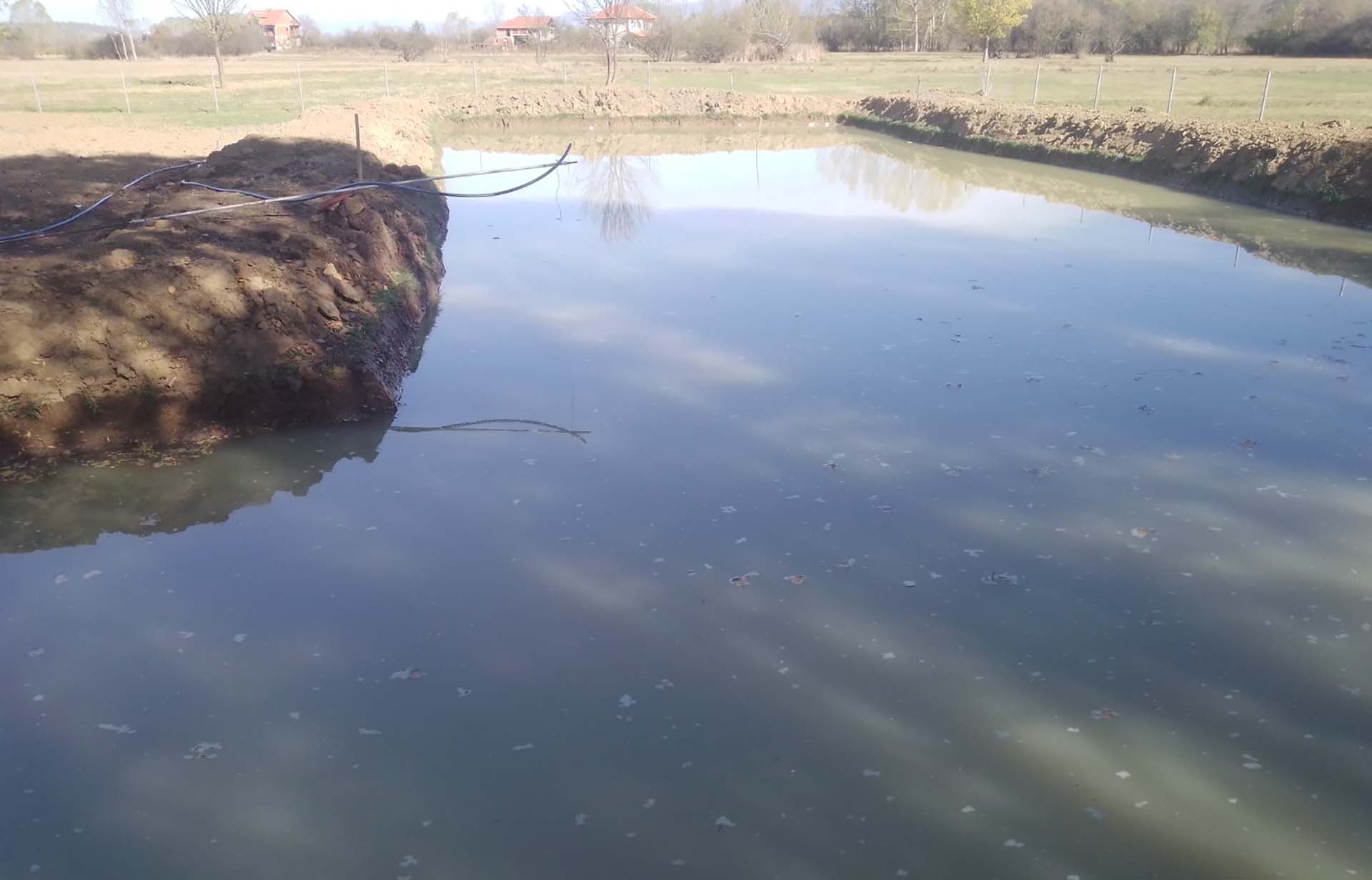
Building a Fishing Pond Should Always Start With a Meticulous Plan
When you’re aiming to bring all of this tranquility into your backyard, the secret ingredient is a meticulous plan. This isn’t a weekend improvisation. It’s an aquatic masterpiece where every detail counts, from the depth of the water to the fish species that will call it home.
There’s more than one way to craft this watery retreat. You could go for an in-ground structure, nestling it into the earth, or opt for an above-ground one that stands tall among your flowers. Here’s a quick table to help you weigh your options:
| Type of Pond | Pros | Cons |
|---|---|---|
| In-Ground | Naturally blends with the garden and can be on the larger side | More excavation is required, so it can be more expensive |
| Above-Ground | Easier to maintain, and less digging is required | May require additional support and has limited depth |
Choosing the Right Location to Build a Fishing Pond
The perfect spot for this DIY endeavor isn’t just about the view from your patio – it’s about practicality, too. Before you break ground, you’ll want to familiarize yourself with the local laws and license requirements. These regulations might dictate how close your structure can be to property lines or if you need to play it safe with a fence.
And remember, while you’re playing landscape architect, buried cables and power lines aren’t hypothetical treasures – they’re hazards. Dialing 811 will get you a professional to mark the no-dig zones, keeping your shovel and your pond’s future residents safe.

How to Make a Fish Pond in Your Backyard – First Consider the Size, Shape, and Depth
Diving into your backyard transformation means talking dimensions. How expansive, wide, and deep do you want the aquatic feature to be? You wouldn’t want a swimming pool when you only have space for a hot tub, right? The same goes for your water feature.
Here are some tips to help you nail the specifics:
- It’s tempting to go grand, but begin with a manageable size that suits your space and skill level,
- The shape should feel like a natural part of your garden, curving and winding as if it’s always been there,
- Shallow areas warm up quickly, which isn’t always ideal. Deeper zones offer a cooler refuge during those scorching summer months,
- Steer clear of low-lying areas to avoid runoff problems. Make sure you’re near a power source for those essential accessories,
- Balance sunlight and shade to ensure a happy habitat, as too much heat or cold can disrupt the balance you’re striving for.
Create a Budget According to Your Plans
With the blueprints of your backyard oasis etched out, it’s time to talk numbers. Knowing the scale, contours, and depth, you aim to transform a daydream into a project with a price tag.
Your budget needs to cover everything. From excavation to the last water lily, it should also factor in the ongoing cost of care and maintenance. Get this right, and you’ll invest in years of serene backyard bliss.

Here Are the Materials and Tools You’ll Need for the Job
Before figuring out how to build a fishing pond, it’s essential to gather the tools and materials. You’ve got a trusty shovel in hand, but creating your backyard retreat will take more than elbow grease. Here’s a straightforward table to guide you through what you’ll need and why:
| Liner | Essential for in-ground water features, it’s the foundation that holds everything together |
| Pump | The heart of your project, it keeps the water moving and healthy |
| Filter | This keeps your water clear, tackling algae and small debris |
| Heater | For those in cooler climates, this will keep the temperatures just right for your aquatic residents and greenery |
| Landscape Rocks | They're the muscle that pins down your liner and adds a natural edge to your creation |
| Aquatic Plants | Plant these on the perimeter shelf or within the water itself, as they'll give your project a natural feel |
How to Make a Fish Pond at Home – Prepare the Site First
Before the magic happens, your chosen spot needs a makeover. You’ll need to clear, clean, and smooth out the area, ensuring it’s ready to host your new aquatic retreat. Think of it as prepping a canvas before a painting – this step is crucial for creating the masterpiece.
Here Are the Steps You Need to Take to Clear the Chosen Location
Getting your hands dirty is part of the fun, but let’s make sure every shovelful counts. Here’s how to clear the stage:
- Mark it out – use string or garden hoses to outline the shape on the ground,
- Weed out the weeds – remove all vegetation and roots within this area to prevent regrowth and interference,
- Level the playing field – ensure the ground is level to prevent future water pooling at one end,
- Digging in – excavate to the desired depth, sloping the sides if you’re planning different depths within,
- Remove the rubble – take out any rocks, sticks, or debris that could puncture your liner,
- Tamp it down – compact the soil to create a solid base for your liner to lay on,
- Final inspection – review the site again to check for sharp objects or uneven areas.
Soil Testing Can Be of Great Help
Now, let’s talk about what’s underfoot. Soil testing can reveal a lot about what’s going on beneath the surface. Whether you’ve got heavy clay that might hold water well or sandy soil that’ll need some reinforcement. Understanding your soil’s character helps you adjust your plans, ensuring your creation will be stable and sustainable.
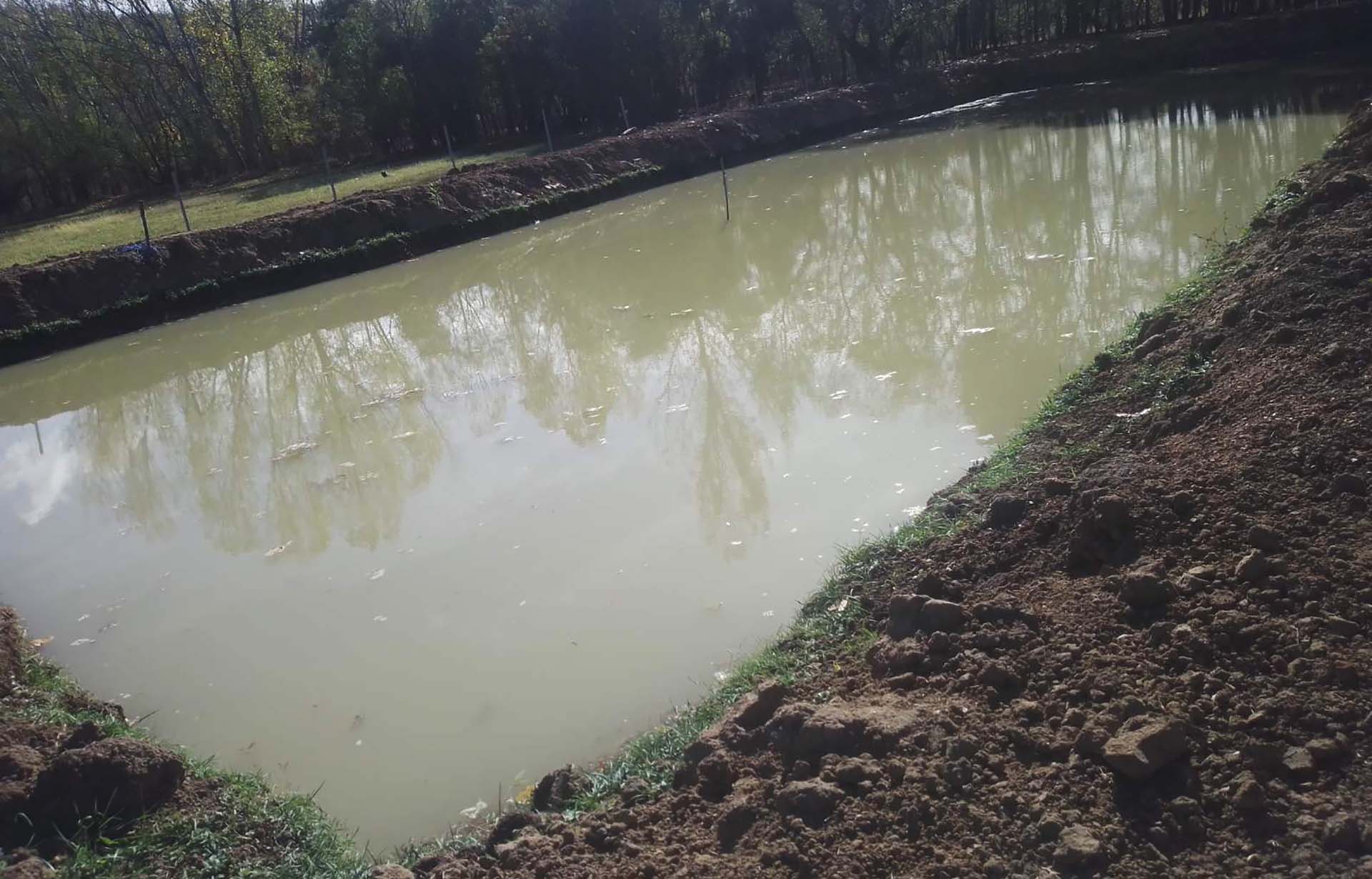
It’s Time to Install the Pond Liner and Ensure a Watertight Seal
The liner is the unsung hero of your water feature. It’s what stands between a flourishing aquatic space and a muddy pit. It keeps your hard work contained and the water where it should be. All while creating a secure and leak-free home for aquatic plants and life. I personally recommend the UWIOFF Pond Liner. However, into whether it’s a good fit for your particular project.
Here’s your guide to getting the liner in place and leak-proof:
- Lay down a protective underlay to guard your liner against punctures,
- Carefully unfold the liner, taking care not to drag it across any sharp objects,
- Position the liner evenly in the center of the excavated area, allowing for an equal overhang on all sides,
- Gently press the liner into place, conforming to the contours of the excavation,
- Smooth out folds and wrinkles for a neat finish and secure fit,
- Temporarily place stones around the edge to hold the liner in position,
- Fill the feature with a little water to ensure the liner settles properly into every nook,
- Once in place, trim the excess liner, leaving enough edge to secure it around the perimeter,
- Secure the liner’s edge with more stones or specialized edging materials, ensuring it’s watertight around the border.
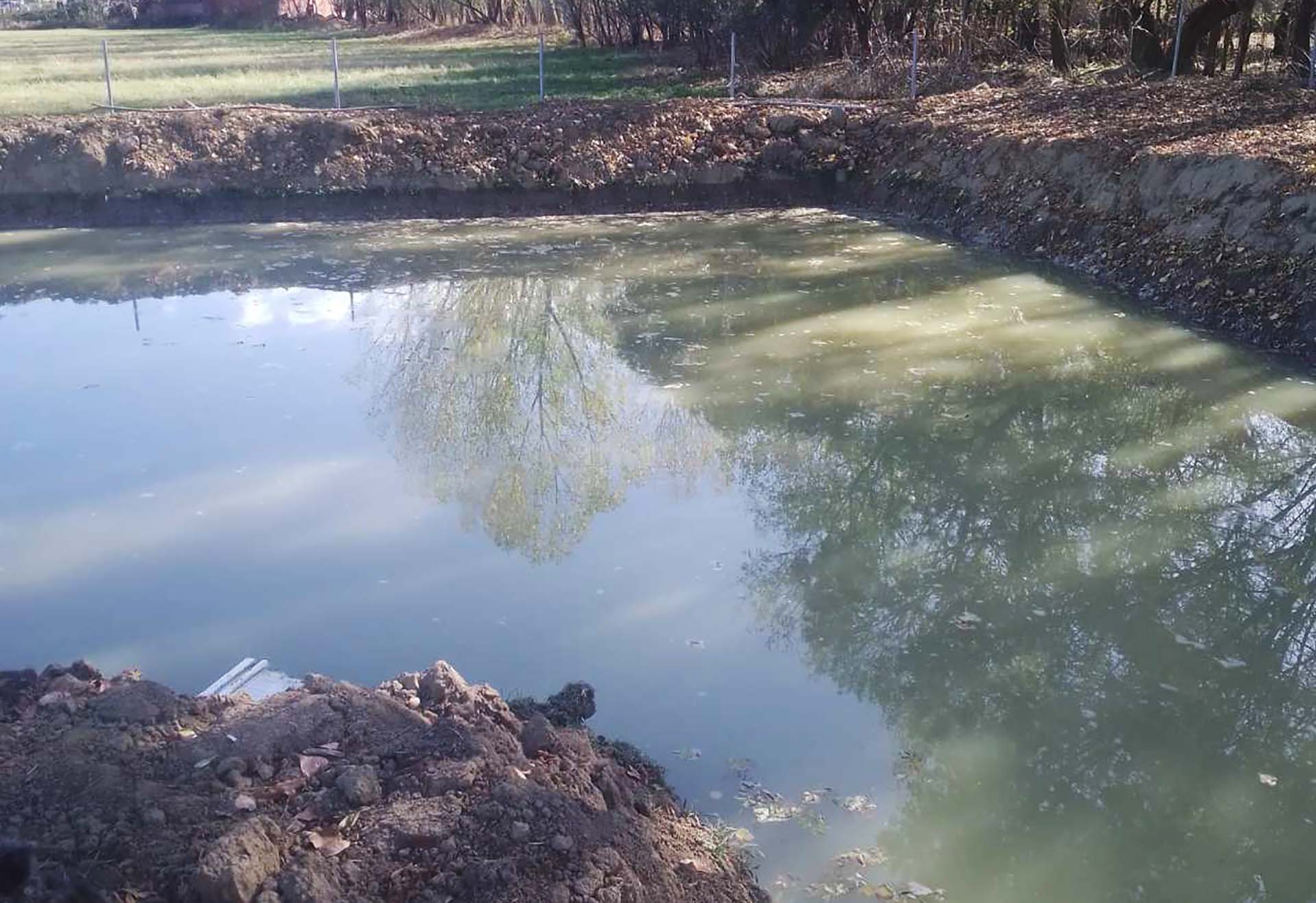
After the Liner, You Should Add Filtration and Pump Systems
With the liner in place, it’s essential to introduce a filtration and pump system. These components are the lifeline of your aquatic haven, keeping the water moving and clean. The filter works tirelessly to remove debris and contaminants, ensuring clarity and quality. On the other hand, the pump circulates the water, creating an oxygen-rich environment vital for the health of the entire ecosystem.
Here Are a Few Recommendations You Should Look Into
My favorites are the Aquascape Pond Filter and the Alpine Corporation Submersible Water Pump. But once again, the perfect pick depends on your particular requirements. If you’re looking for a combo that does it all, the Pennington Aquagarden Inpond 5 in 1 is compact. All-in-one solution perfect for smaller installations.
Regarding the installation process, each of these products comes with a comprehensive set of instructions. It’s crucial to follow these closely to ensure your systems work harmoniously. After all, a successful installation means a thriving, low-maintenance haven for years to come.
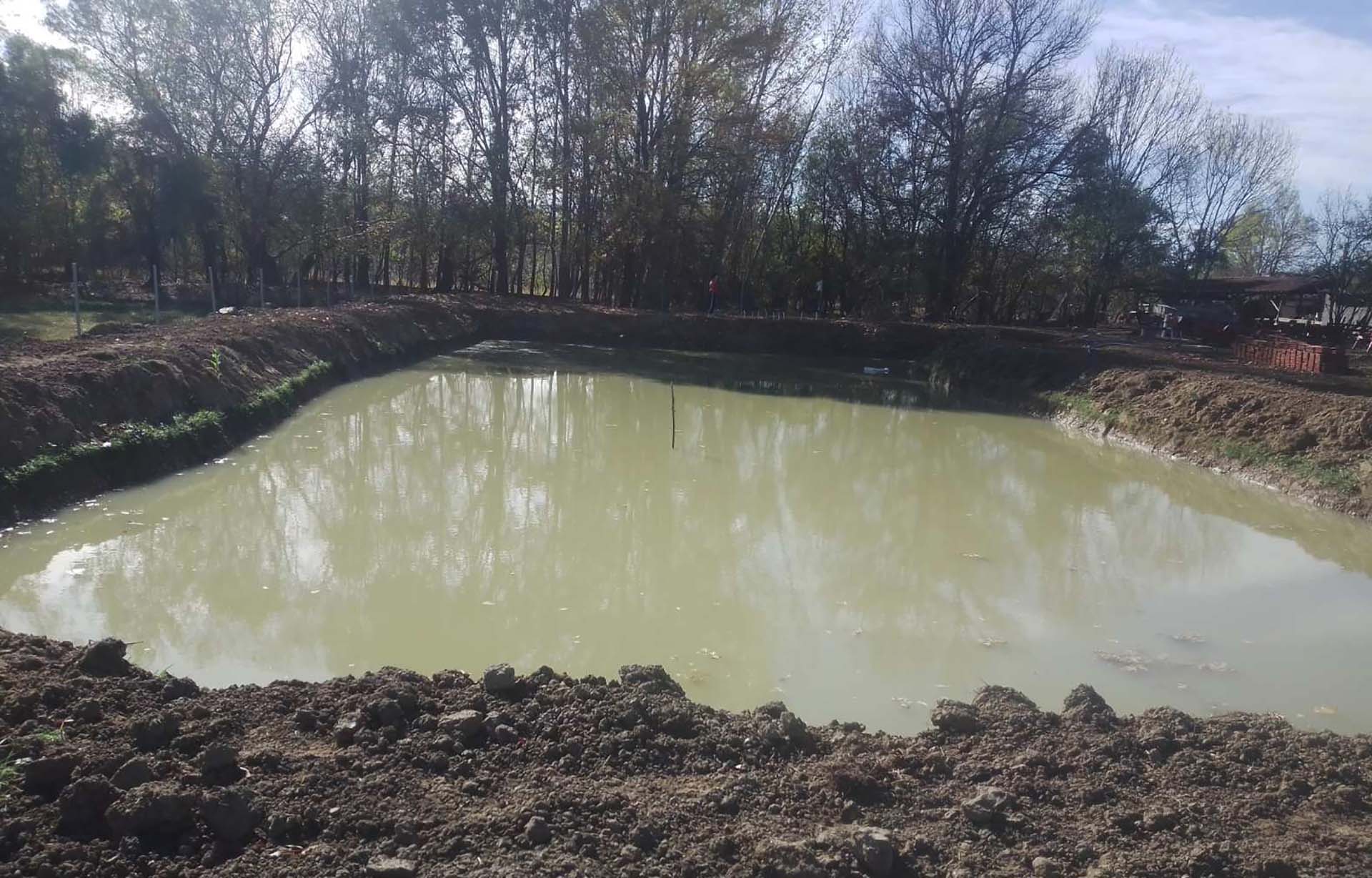
Now It’s Time for the Fun Part – Choosing Fish and Aquatic Plants
The stage is set. The water’s clear. It’s time to bring life to your aquatic masterpiece. This is where the water feature comes to life as you select the creatures and plants that will transform it into a vibrant ecosystem.
When selecting your aquatic cast, consider these popular fish species that thrive in backyard fisheries:
- Goldfish,
- Koi carp,
- Sunfish,
- Sturgeon,
- Golden tench.
Tips for Introducing the Fish to Their New Environment
After carefully selecting your finned friends, it’s time to figure out how to build an aquafarm using fish. It’s all about introducing them to their new home in a way that’s safe and comfortable. This is done by acclimatizing your fish by floating their bags on the water’s surface for about an hour to equalize the temperature.
Then, gently release them into the water, allowing them to swim at their own pace. This gradual introduction helps reduce stress and shock, ensuring they can start exploring their new environment happily and healthily.
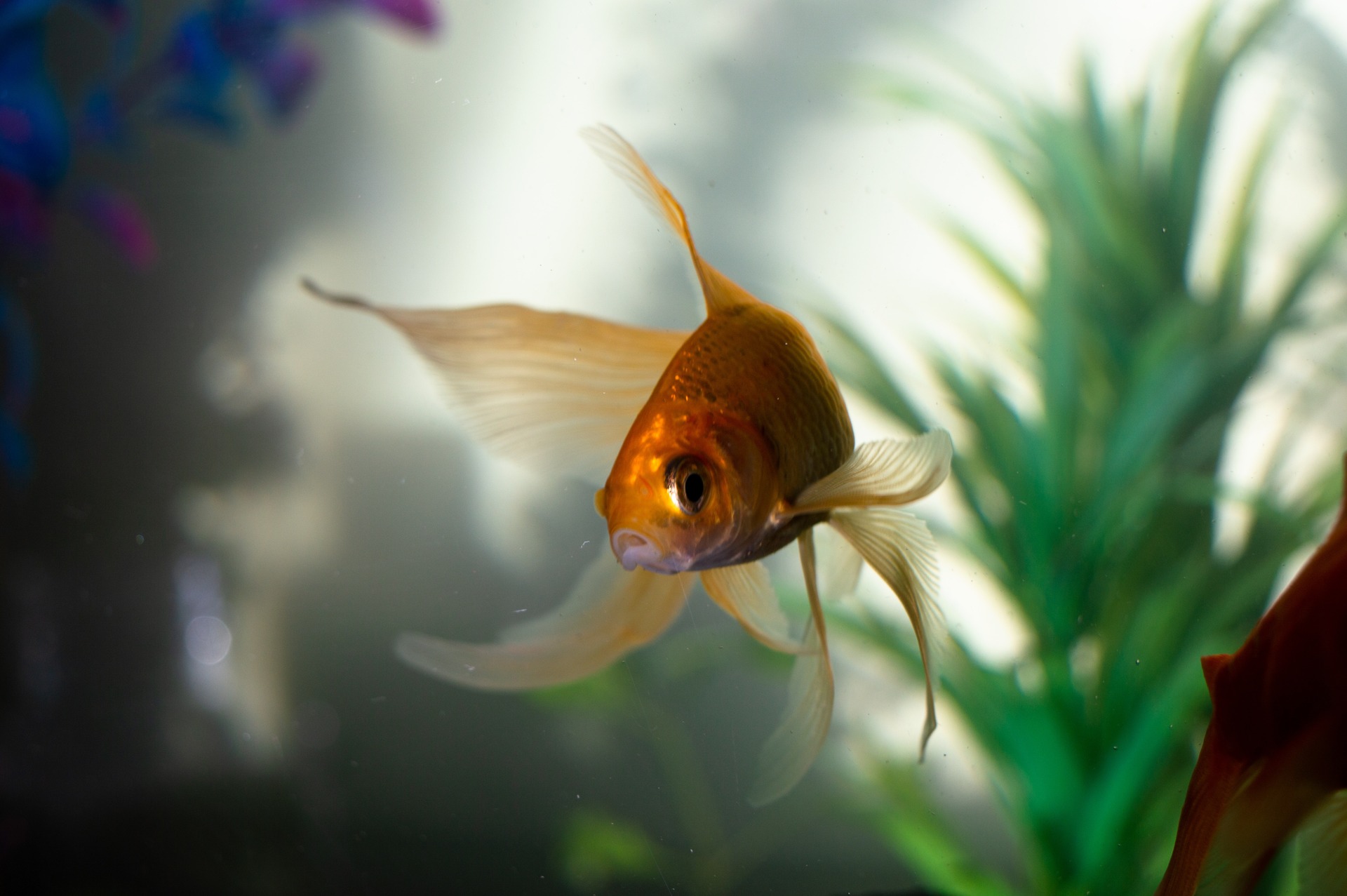
It’s All About Water Quality and Regular Maintenance From Then On
One thing’s to know how to place an aquafarm, but if you don’t know how to take care of it, the whole project can go to waste. It’s not just about keeping the view pristine – it’s about ensuring the health and balance of your aquatic family.
Tips for Balancing the Pond’s Ecosystem
Creating harmony in your aquatic haven should be considered an art. Here’s how to keep the ecosystem balanced with regular upkeep:
- Regularly test the water for pH, ammonia, nitrite, and nitrate levels to ensure they stay within safe ranges,
- Keep algae growth in check with regular clean-ups and by managing sunlight exposure,
- Clean and replace filter media as recommended by the manufacturer to maintain water clarity and quality,
- Skim leaves and other floating debris daily to prevent decay and excess nutrient buildup,
- Prepare for the changing seasons with appropriate measures, like installing a heater for winter and shading options for summer.
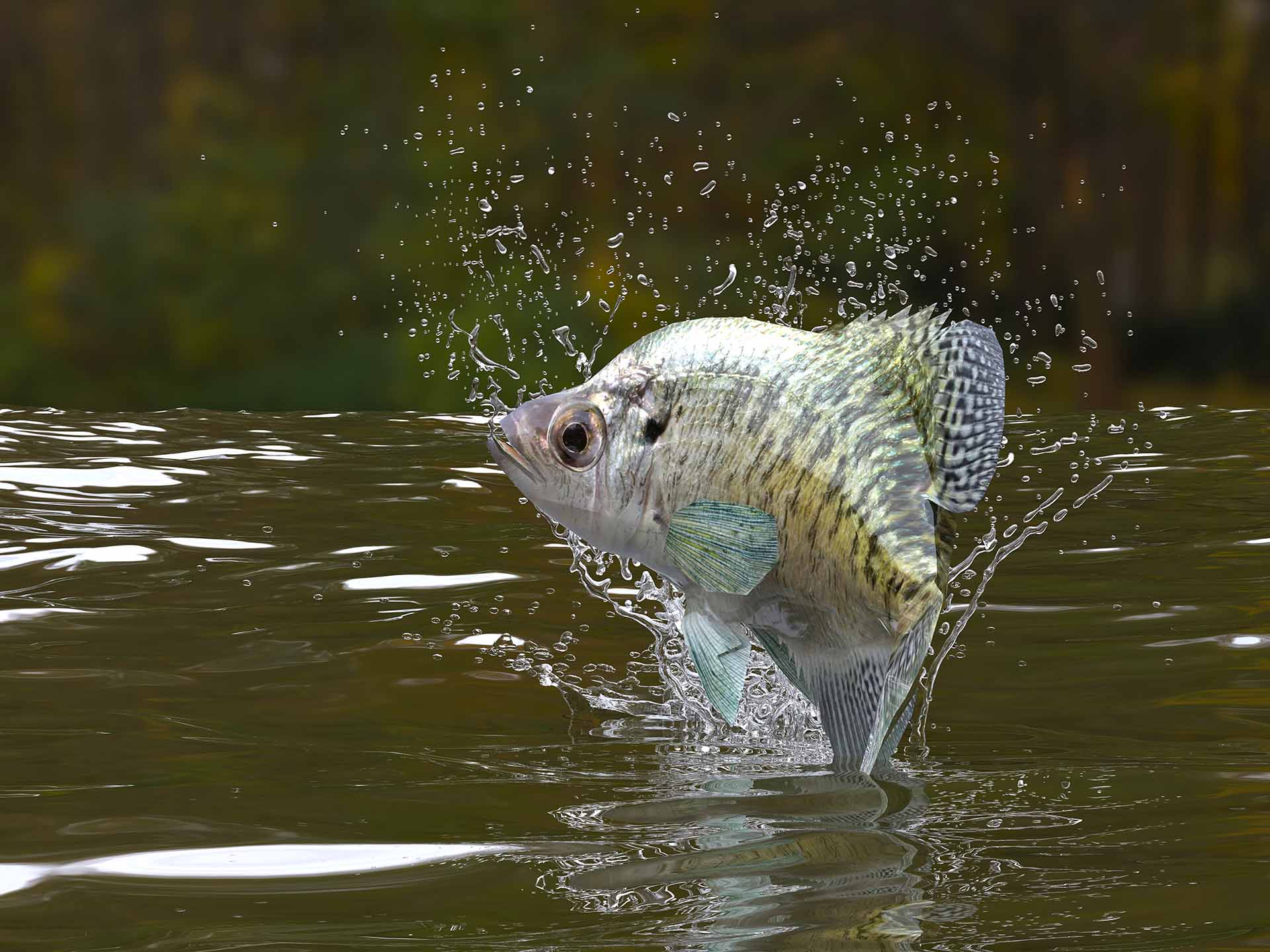
The Fin-Tastic Voyage – Your Pond’s Journey From Blueprint to Backyard Bliss
And there you have it, your step-by-step journey from a bare backyard to a fin-filled paradise. It’s been a splash, and while the hard work might be done, the adventure is just beginning. With your shovel stowed away and your nets ready, it’s time to sit back, relax, and watch life in your new pond unfold.


